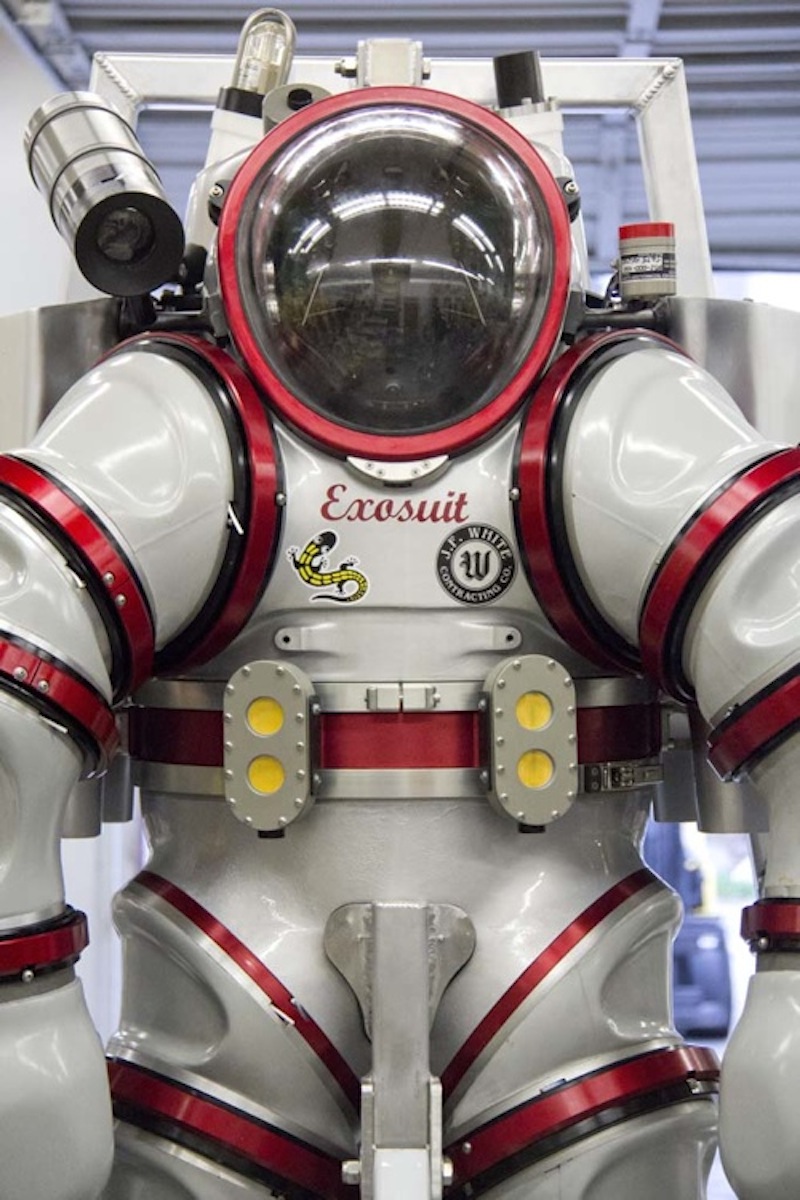When you purchase through links on our site , we may earn an affiliate commission . Here ’s how it works .
A young rock oil dispersant made mainly of edible ingredient could provide a more environmentally favorable room to pick up slip and spills like the Deepwater Horizon cataclysm , scientists say .
The new dispersant , developed by scientists at the University of Southern Mississippi ( USM ) , also float , an crucial consideration when suppose about what take place to the droplets of " distribute " oil .

A controlled burn of oil from the Deepwater Horizon/BP oil spill in 2010.
Lisa Kemp , a research scientist at USM , present the findings at the American Chemical Society ’s fall confluence in Philadelphia today .
Reached by phone before her presentment , Kemp excuse that the primary ingredients in the novel dispersant are a cellulose , or works fiber , and soy lecithin , an emulsifier often found in burnt umber , peanut butter and protein measure , among other food for thought .
The material were chosen for being recognized as safe , and for not hold any petroleum themselves . " When you have anoil spillway , it ’s a horrible site already . A lot of the current dispersants comprise petroleum - based solvents , and common sentience tells you that you do n’t want to sum more petroleum materials , " Kemp enjoin .

Moreover , there have been concerns that some of the most widely used dispersants are more toxic than the oil itself . After theDeepwater Horizonspill in the Gulf of Mexico in 2010 , BP sprayed the slick with 700,000 gallons of a chemical dispersant call off Corexit . Marine toxicologist Susan Shaw said at the metre that Corexit hold a chemical that causes internal haemorrhage and seemed to fiddle a function in the elevated expiry levels of nautical life in the Gulf of Mexico .
[ Deepwater Horizon : range of a function of an encroachment ]
Despite their drawback , dispersants do bring an of import role in slay oil from the surface of an ocean or lake . By breaking up an oil colour slick magazine into smaller particle , " in some case , that improves microbic debasement , " Kemp say . But current dispersants also move oil color droplets from the surface into the water column . " So now plants and animate being life-time that never would have come into contact with the slip have to trade with that … if you disperse the oil and put it through the food string , while [ removing the crude oil slick ] seems like the right decision at the metre , it is n’t . "

USM ’s new conceptualization floats while simultaneously breaking an petroleum slick into smaller droplets . With the oil color at the airfoil , it could be skimmed off with microphone boom or go away to be debauched bybacteria . And the substance has nonstick properties . " When it comes into contact with a bird plumage … it does n’t stick . you’re able to rinse it off . "
If USM can pick up approval from the U.S. Environmental Protection Agency , the dispersant can cursorily be manufactured in quantity . " When the team first figure out on this issue , " Kemp sound out , " they block out only the polymers useable in short ton quantity [ that were ] already commercial , already pronto useable . This has been design to be economical . "
















